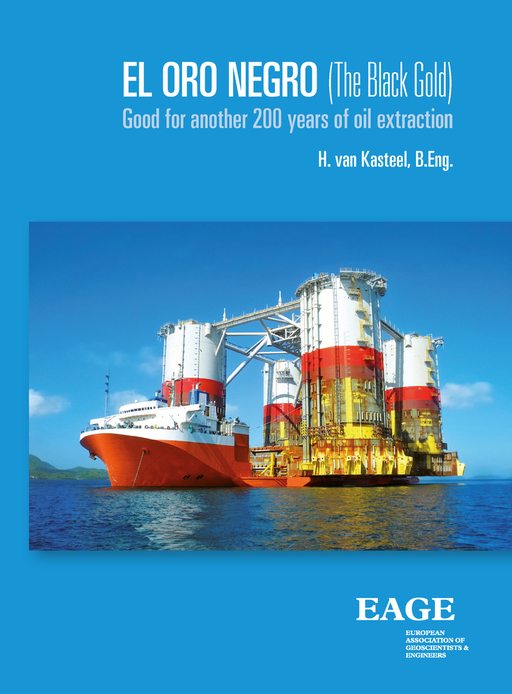EL ORO NEGRO (The Black Gold)
Good for another 200 years of oil extraction

- EPUB
There has never been a lack of oil in the world. By using advanced extraction methods and with higher oil prices, economically accessible reserves are increasing. Because of the new technologies, which I discuss in detail in this book, these reserves continue to increase. Up to now, an average of 20 to 30% of the original oil present in the ground is recoverable. This percentage could rise to 50 to 60%. Production from structures that were previously unproductive is now and continues to become possible. This will lead to hundreds more years of oil extraction.
This book is about oil. But gas reserves (the invisible gold) have also increased sharply, in part due to new technologies, and have more than doubled since 1980 with an average increase of 3% per year. This will provide 253 years of production at current production levels.
It should also be mentioned that this doesn’t take into account new future discoveries and adjusted reserves, which there are sure to be.


